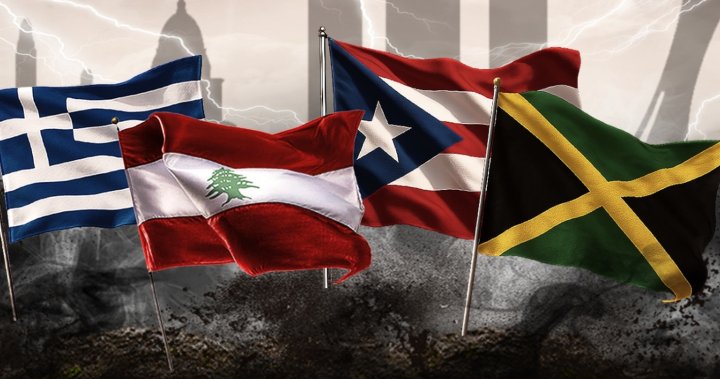The unmistakable sound of skates carving ice and pucks hitting boards echoed through arenas this weekend, but the flags and team jerseys on display might have surprised traditional hockey fans. The inaugural International Hockey Challenger Series launched with remarkable enthusiasm, featuring teams from countries rarely associated with winter sports prowess.
From the sun-baked deserts of Morocco to the tropical climate of Thailand, nations with minimal hockey infrastructure are challenging the notion that the sport belongs exclusively to cold-weather countries. The series, designed specifically for emerging hockey nations, has created unprecedented opportunities for players who have often developed their skills against significant odds.
“What we’re witnessing is nothing short of revolutionary,” said Marcus Lindholm, development director at the International Ice Hockey Federation. “These athletes train in facilities most established hockey nations would consider unacceptable, yet their passion for the game rivals anything I’ve seen in traditional hockey powerhouses.”
The Challenger Series has already produced several memorable moments. Morocco’s stunning 3-2 overtime victory against Brazil captivated spectators, while Thailand’s goalkeeper Somchai Rattanakosin made an astonishing 52 saves against a relentless Colombian offense, securing his team’s first-ever international win.
Behind these performances are remarkable personal journeys. Kenya’s team captain, James Kamau, learned to skate on the country’s only ice rink—a 300-square-meter surface in a Nairobi shopping mall. “Most of us grew up playing street hockey with makeshift equipment,” Kamau explained. “The first time many of us played on regulation ice was less than five years ago.”
Funding remains the primary obstacle for these programs. Unlike traditional hockey nations with extensive sponsorship networks and government support, teams in the Challenger Series often rely on crowdfunding and personal investments from players and their families. The Philippine national team’s trip to the tournament was partially financed through a community fundraiser that collected over $25,000 in just two weeks.
The series also represents an important step toward greater diversity in hockey. According to recent CO24 World statistics, participation among non-traditional hockey nations has increased by 32% since 2019, though these countries still account for less than 5% of registered players worldwide.
“This tournament isn’t just about competition—it’s about transforming hockey’s global footprint,” said Canadian hockey legend Wayne Gretzky, who attended the opening ceremony as an honorary ambassador. “These players are pioneers who will inspire the next generation in their countries.”
The economic impact of expanding hockey’s reach cannot be overstated. Equipment manufacturers and sponsors are taking notice, with several major brands announcing development programs targeting these emerging markets. As reported in our CO24 Business section last month, the potential market for hockey equipment in non-traditional regions could reach $1.2 billion by 2030.
For host nation Canada, the tournament represents both an opportunity and a responsibility. “We recognize our privileged position in the hockey world,” remarked Tournament Director Camille Lafleur. “Sharing our knowledge and resources with these developing programs isn’t charity—it’s an investment in the sport’s future.”
The International Hockey Challenger Series continues through next week, with all games available for streaming on the IIHF website. The tournament concludes with a skills competition featuring players from all participating nations competing alongside established NHL stars.
As these underdog nations continue to develop their hockey programs against significant odds, one question remains: will the traditional power balance in international hockey look dramatically different a decade from now?










